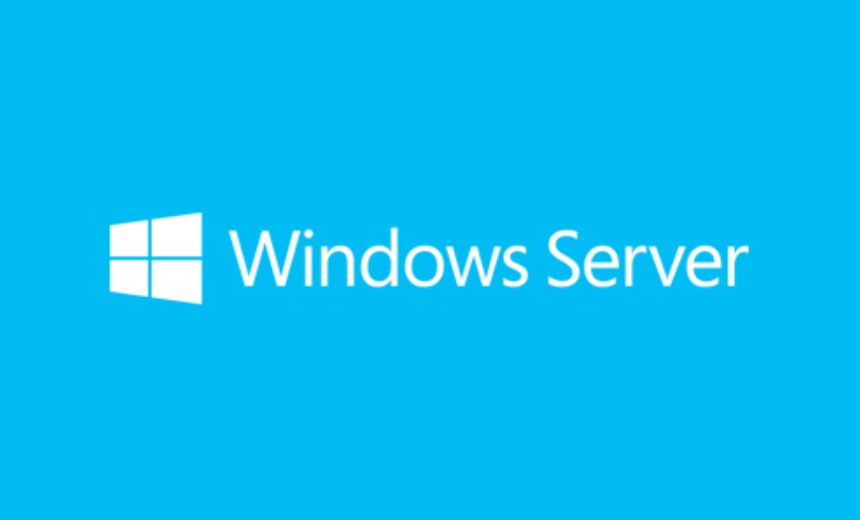Active Directory,
Security Operations
Akamai Researchers Alert to ‘BadSuccessor’ Vulnerability in Windows Server 2025

A recently identified vulnerability in Windows Server 2025 has been labeled “trivial” to exploit, potentially allowing for privilege escalation and full domain compromise, according to research conducted by Akamai. The flaw resides within the newly introduced delegated managed service accounts (dMSA), which were designed to facilitate the migration of legacy service accounts to more secure standards.
The proliferation of machine identities—often lacking sufficient security controls—has presented serious challenges for cybersecurity professionals. Through the implementation of dMSA, Microsoft aimed to enhance security by ensuring that only specified machine identities mapped in Active Directory could access the account. This approach offers greater resistance against credential harvesting by hackers, as authentication for dMSA is directly linked to device identity.
One crucial aspect of dMSA is that it inherits the permissions of the legacy account it replaces. This architectural choice has unfortunately opened a pathway for exploitation, prompting Akamai researcher Yuval Gordon to introduce the term “BadSuccessor” for this exploitation technique. The method takes advantage of how Windows provides for dMSA migrations, allowing an attacker with control over a dMSA object to manipulate the key distribution center into believing that a new dMSA is superseding an existing account—thereby obtaining its privileges and encryption keys without undergoing any legitimate migration or verification process.
A major implication of this vulnerability is that an attacker would need already to possess permissions within an Active Directory organizational unit, suggesting a pre-existing breach. However, the stealthy nature of this technique is appealing for attackers looking to gain elevated privileges while evading detection. “We didn’t change a single group membership, didn’t elevate any existing account, and didn’t trigger any traditional privilege escalation alerts,” noted Akamai.
Yuval Gordon expressed his interest in dMSAs due to their design to inherit permissions, characterizing this behavior as both powerful and concerning from a security standpoint. Akamai formally reported the “BadSuccessor” vulnerability to Microsoft on April 1. Although Microsoft categorized the issue as having “moderate severity,” Akamai asserts that this assessment undervalues its potential impact. Gordon noted that attackers could rapidly deploy a dMSA with just a few PowerShell commands and utilize tools like Task Scheduler, thereby circumventing the need for custom binaries.
Akamai advises organizations to restrict the ability to create dMSAs, highlighting the need for enhanced oversight and controls. Understanding this exploit requires familiarity with the MITRE ATT&CK Matrix, particularly the tactics associated with privilege escalation, which could include methodologies like initial access and persistence strategies that could facilitate similar attacks in the future. As cybersecurity threats evolve, ensuring that security measures are robust in the face of emerging vulnerabilities remains essential.
